Pomegranate is one of the most popular and ancient plants, the granular fruits of which are loved by people for their taste and useful composition. But the presence of a large number of seeds in the fruits of the plant makes eating fruit uncomfortable, because cleansing them takes a lot of time, and if swallowed, you can choke.
For this reason, American breeders have developed seedless pomegranate, or rather pomegranate, the seeds of which are so soft that their ingestion will not bring any harm to the body and will not be felt.
Content
Sectional view and type of pomegranate without pits
Boneless pomegranate is a healthy and juicy fruit, bred by American scientists using the selection method, without the use of genetic modifications.
Fruit Description
Pomegranate - deciduous shrub or small tree from the Derbennikovye family. In the wild, the plant can grow up to 6 m in height. On thin spiny branches of the bush there are flowers in shape resembling a funnel of red hue. The green leaves of the bush are in the form of an elongated oval.
Large spherical fruits of the bush - pomegranates, are berries with a preserved cup and leathery pericarp. The peel of the fruit is orange-yellow or bright red.
Red grains of the fruit, despite the widespread opinion, have seeds, however, they are transparent and chew easily, due to which they are practically not noticeable. Ripe grains have a sweet taste and are almost devoid of astringency and bitterness, unlike fruits with pits.
Growing history
Pomegranate tree is one of the oldest fruit plants, which was mentioned in the culture of ancient civilizations, such as Ancient Rome, Greece and Egypt. The birthplace of ordinary pomegranate is considered modern Iran. Now the plant is cultivated in almost all countries of the world, and its species diversity is estimated at more than three hundred.
Kinds
There are several types of pomegranate without hard seeds, however, only two of them have received worldwide popularity and wide distribution.
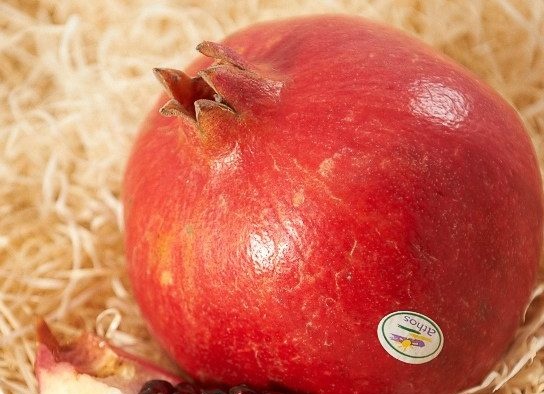
The first such species was the American plant variety - Vanderful. The fruits of this shrub have a specific cream color with a bright blush. The size of the berry ranges from 250-300 g. Small pink-red grains of the fruit are quite soft and juicy, and also lack acid and astringency. Most often, the berry is grown in Peru and Israel, from where it goes to the shelves of domestic supermarkets.
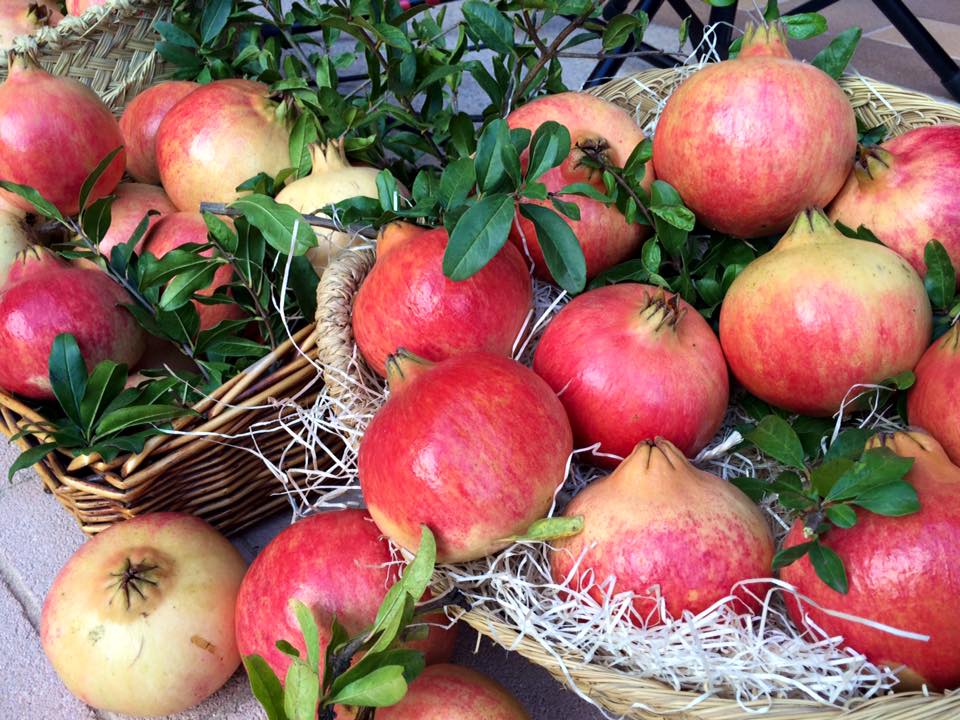
The second most popular was the Spanish cultivar - Mollar de Elche. The fruits of this variety are outwardly quite similar to apples due to the thin but elastic pink peel. The berries of the cultivar are large, their weight can reach 800 g. Large grains of berries have a pleasant sweet taste. In Spain, the plant is grown on an industrial scale and is actively exported around the world.
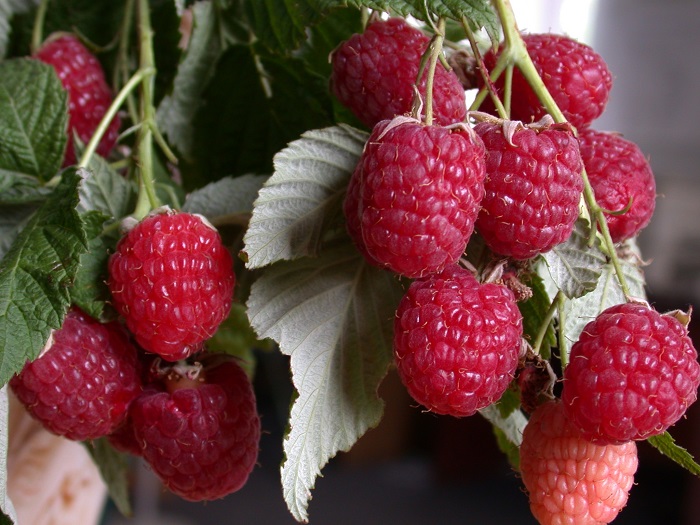 You may be interested in:
You may be interested in:How to distinguish from a regular pomegranate and where to buy
It is almost impossible to distinguish seedless pomegranate from the usual one in appearance, because it differs little from the original fruit. However, the peel of seedless fruits is thinner and more elastic, which must be taken into account when transporting fruit. Some believe that the seedless fruit has a lighter peel that has a pink or cream hue, however, among the specimens with seeds, there are varieties with a similar color.
A sectional photo of the fetus will help to visually distinguish a fruit from a pomegranate with seeds.
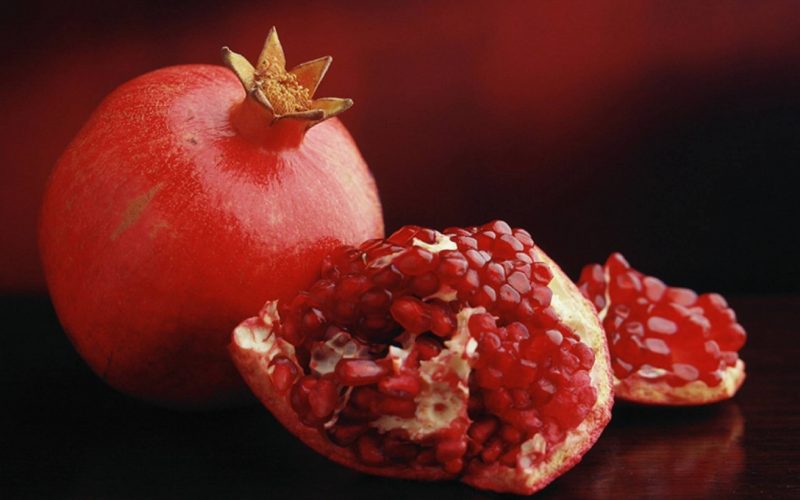
A seedless type of plant can be purchased at any major supermarket or in online stores that specialize in delivering exotic fruits. You can also find seedless fruit varieties on the market.
Benefits and possible harm of pomegranate
The product in its composition contains a large amount of vitamins and other substances necessary for the normal functioning of the body.
The chemical composition of the fruit:
- fats
- proteins;
- carbohydrates;
- cellulose;
- ash;
- organic acids (citric and malic);
- niacin;
- folacin;
- amino acids;
- fatty acid;
- tannins;
- coloring matter;
- flavonoids;
- cellulose;
- estrogens;
- minerals;
- vitamins (A, C, E and group B);
- antioxidants;
- tannin.
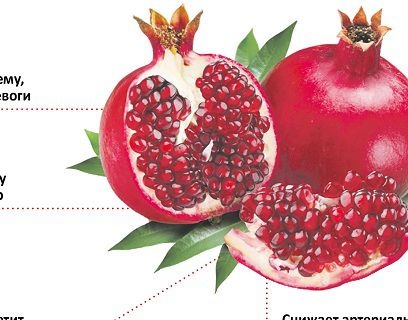
One fruit of the plant contains about 40% of the daily dose of vitamins necessary for the human body, for this reason, regular consumption of berries helps strengthen immunity.
In addition, pomegranate contributes to:
- Improve metabolism.
- To accelerate the rehabilitation process after surgical interventions.
- Increase hemoglobin.
- Reducing the risk of malignant neoplasms.
- Cleansing the body of harmful substances and pathogenic microorganisms.
- Improving intestinal microflora.
- Strengthen the vascular walls.
- Slowing down joint wear.
The product has anti-inflammatory, diuretic, choleretic, antipyretic, antiseptic, astringent and hypotensive effects.
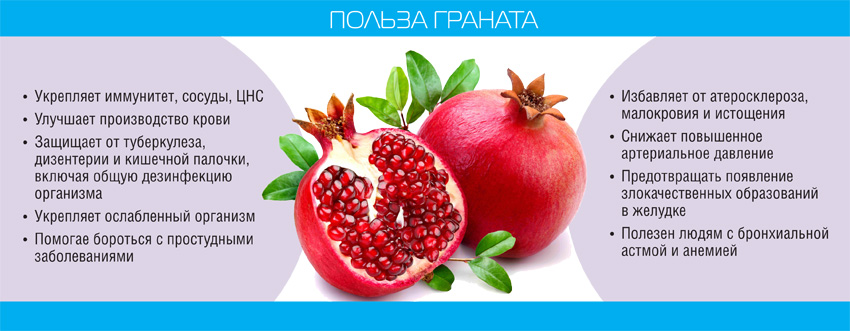
Regular consumption of berries has a beneficial effect on men's health, as pomegranate increases potency and improves sexual activity. Daily use of pomegranate on an empty stomach helps to normalize the level of hemoglobin in the blood.
Pomegranate fruit and juice is actively used as an adjunct in the treatment of many diseases, including:
- Anemia.
- Cirrhosis.
- Colitis.
- Intestinal dysbiosis.
- Pneumonia.
- Stomatitis.
- Depression.
- ARVI.
- Diarrhea.
The berry must be present in the diet of people living or working near radioactive zones, due to its ability to remove radioactive substances from the body.
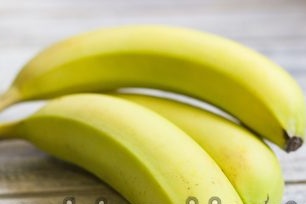 You may be interested in:
You may be interested in:However, not everyone can consume the fruit, like any pomegranate food product has its limitations and contraindications. Experts do not recommend consuming the berry and its juice in pathological conditions and diseases such as:
- stomach ulcer;
- hyperacid gastritis;
- chronic constipation;
- hemorrhoids;
- hypotension;
- pancreatitis
Freshly squeezed pomegranate juice, due to the high content of acids, corrodes tooth enamel, for this reason it must be diluted with water in a 1: 1 ratio. Adding water to the juice will also reduce its irritating effect on the gastric mucosa. Reducing the likelihood of damage to tooth enamel will help brushing your teeth or rinsing the mouth immediately after eating the berry or drinking pomegranate juice.
Growing seedless pomegranate at home
The seedless fruit is quite difficult to grow in the middle strip climate, however, gardeners have learned to grow pomegranates at home. The algorithm is as follows:
- The soil. Land for planting pomegranate must be well drained, since the tree does not tolerate moisture stagnation.
- Illumination and placement. Pomegranate is a light-loving tree that should grow in good light conditions, especially during fruiting. But when choosing a place to place a tree, it should be borne in mind that the culture reacts poorly to direct sunlight and drafts.
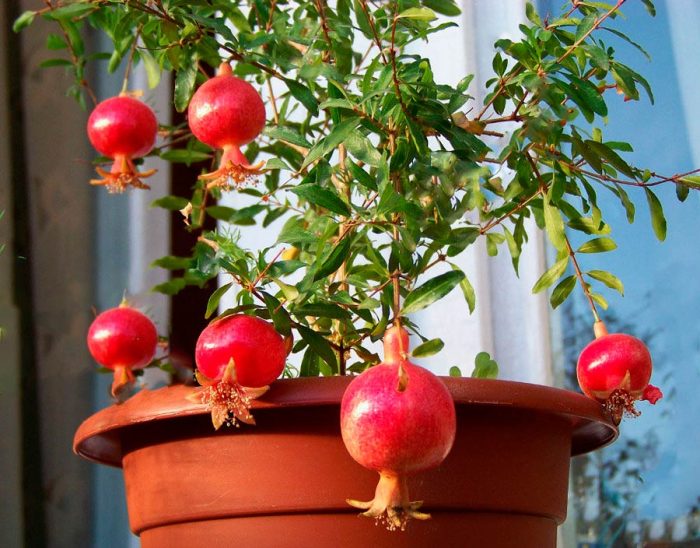
Pomegranate - Watering and humidity. The plant requires regular and plentiful watering in the stage of active growth, but during the dormant period, it is often not recommended to water the shrub. During irrigation, avoid getting water on the leaf plate of the bush. As a liquid for moisturizing the soil mixture, you should choose soft, well-settled and slightly warm water. Note!For active growth, it is necessary to maintain moderate humidity, so it is recommended to spray the foliage of the shrub in the hot season daily with warm water.
- Temperature. During the period of active growth, it is recommended that the shrub be kept at a temperature of 18 to 25 ° C. When the plant is in hibernation, the temperature in the room can fluctuate between 12-15 ° C.
- Top dressing. The tree needs additional fertilizing during the period of active growth, which lasts from spring to autumn. As a top dressing, complex mineral fertilizers with a low nitrogen content can be used. Fertilize the plant once every 14 days. However, if the plant is grown in order to obtain berries, it is better to use organic fertilizers as top dressing.
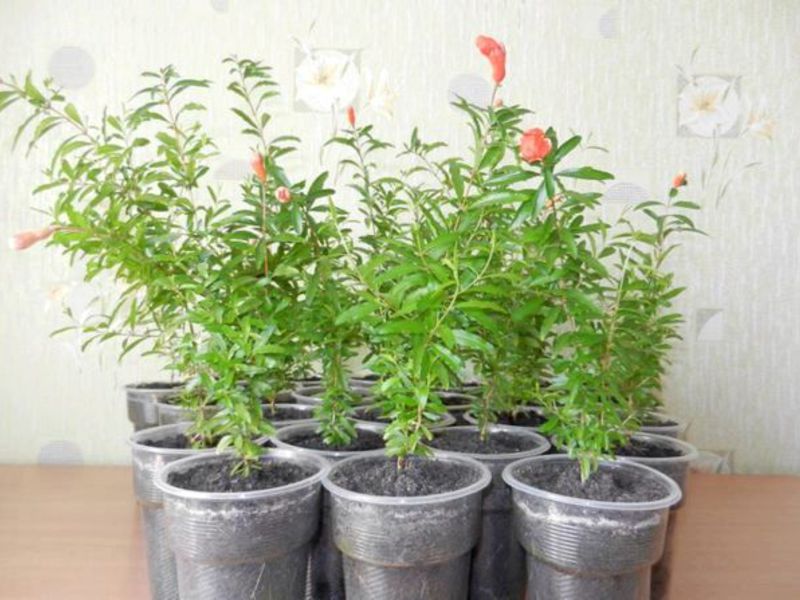
Growing pomegranate - Transfer. Young shrubs need replanting annually, but mature specimens older than 3 years old should not be transplanted so often. It is enough to transplant only after the root system of the shrub completely fills the pot.
- Pruning. With the help of pruning a bush, you can not only form a beautiful crown, but also stimulate branching. Pruning is recommended in February.
Caring for a seedless berry is no different from caring for a fruit with hard seeds, however, it is quite difficult to grow a plant that will actively bear fruit in a room.
 You may be interested in:
You may be interested in:Common questions
The seedless fruit has recently gained its popularity and is far from familiar to many. For this reason, before buying it, questions arise regarding the taste and other nuances of consuming a “strange” berry.
Seedless pomegranate is a fruit crop, which in its useful properties and taste is not inferior to the original pomegranate. The lack of seeds made the berry more convenient for consumption and reduced the load on the digestive tract.

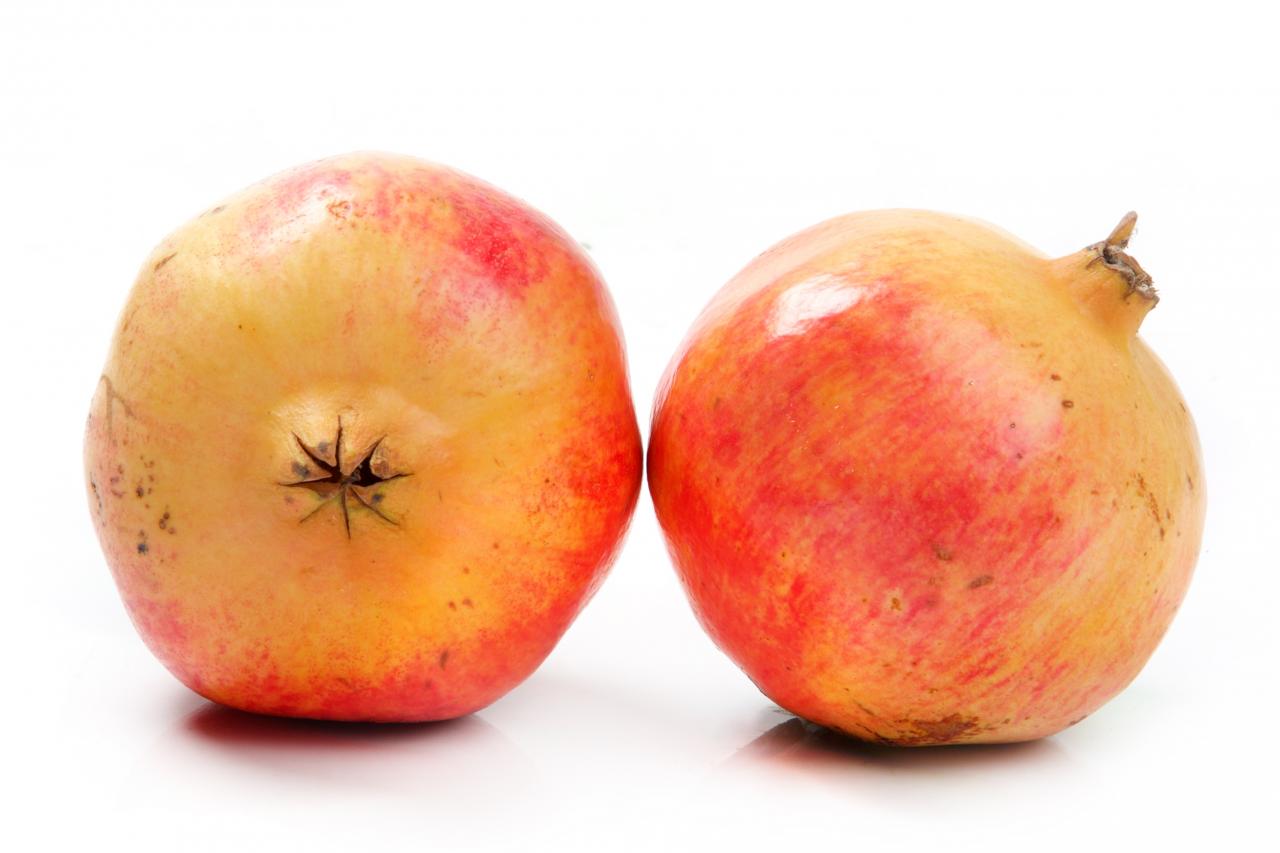
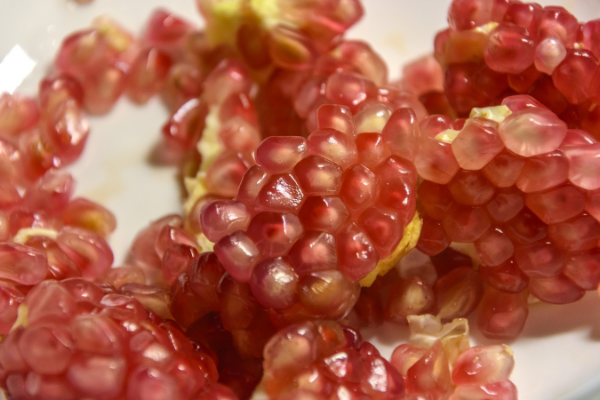
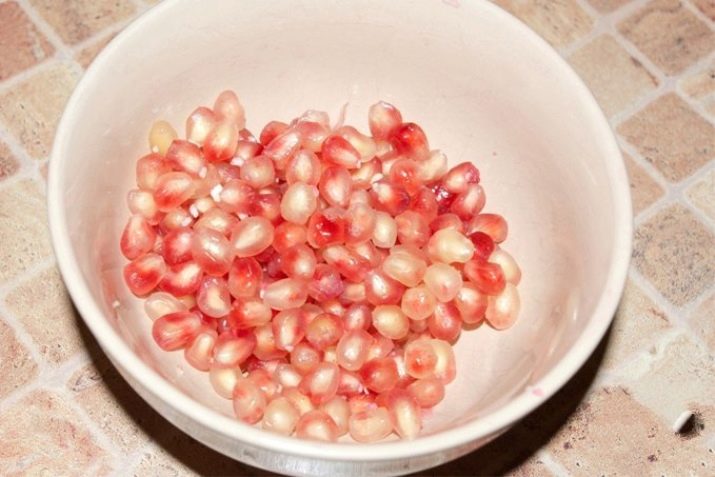
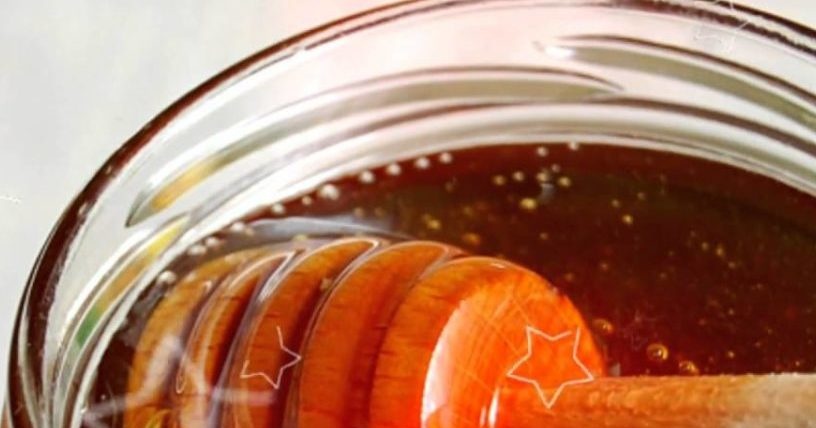
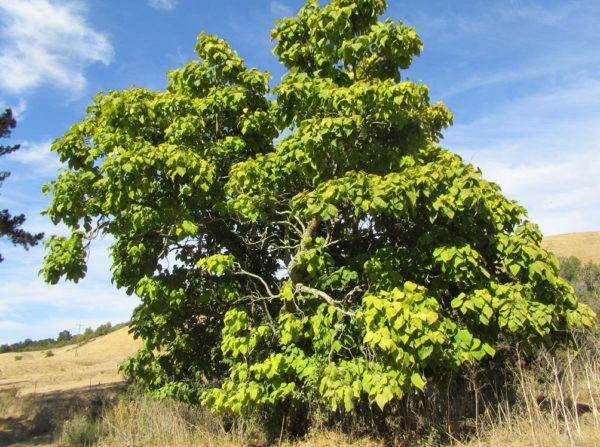
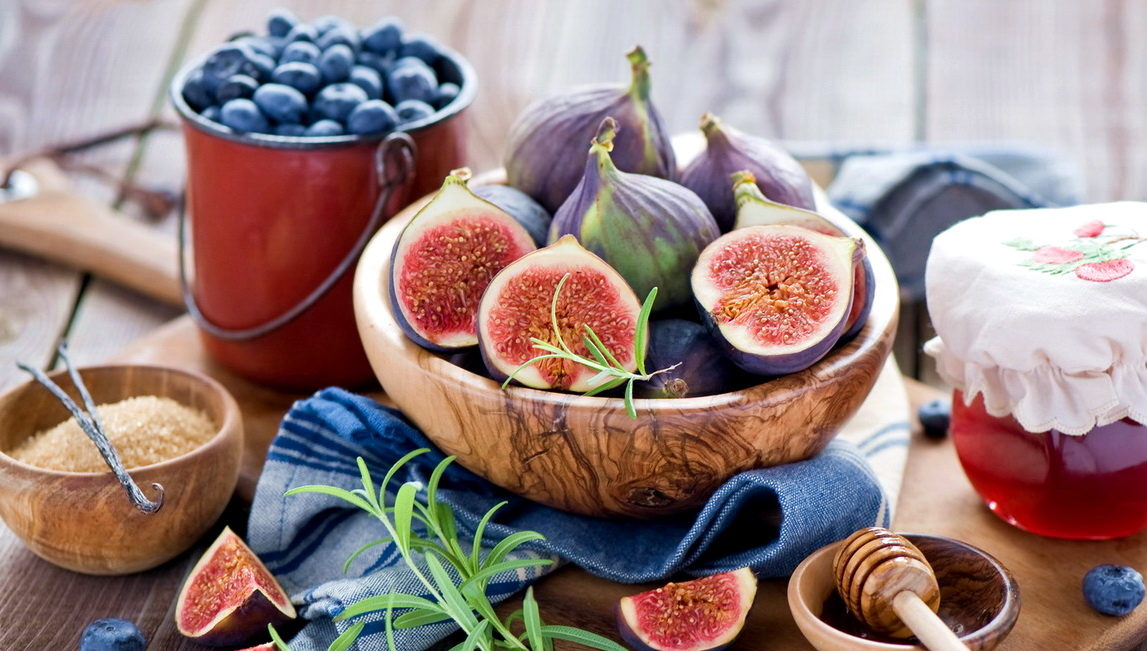
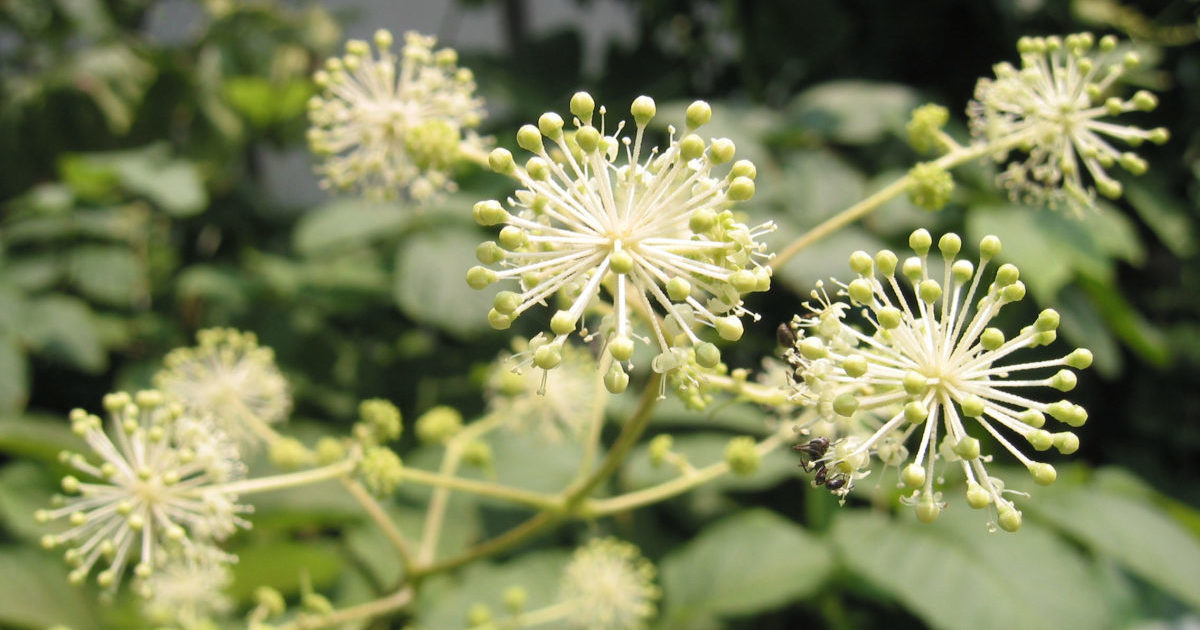 Aralia Manchurian - medicinal properties and contraindications, the use of tinctures in bodybuilding
Aralia Manchurian - medicinal properties and contraindications, the use of tinctures in bodybuilding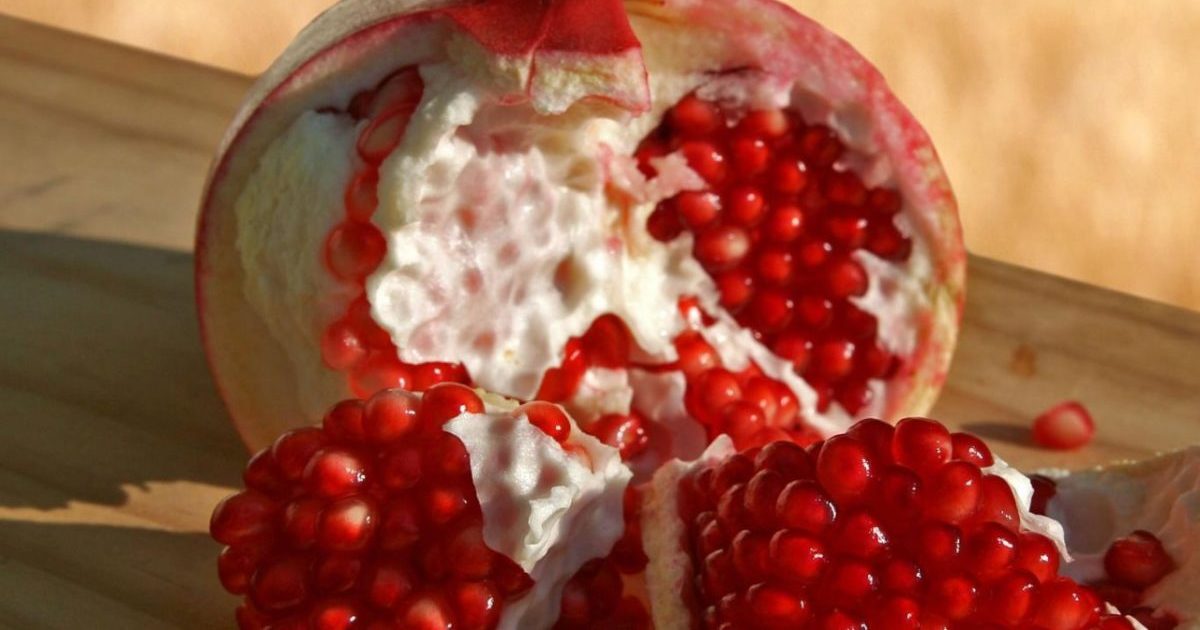 Seedless pomegranate - cutaway appearance, benefits and harms
Seedless pomegranate - cutaway appearance, benefits and harms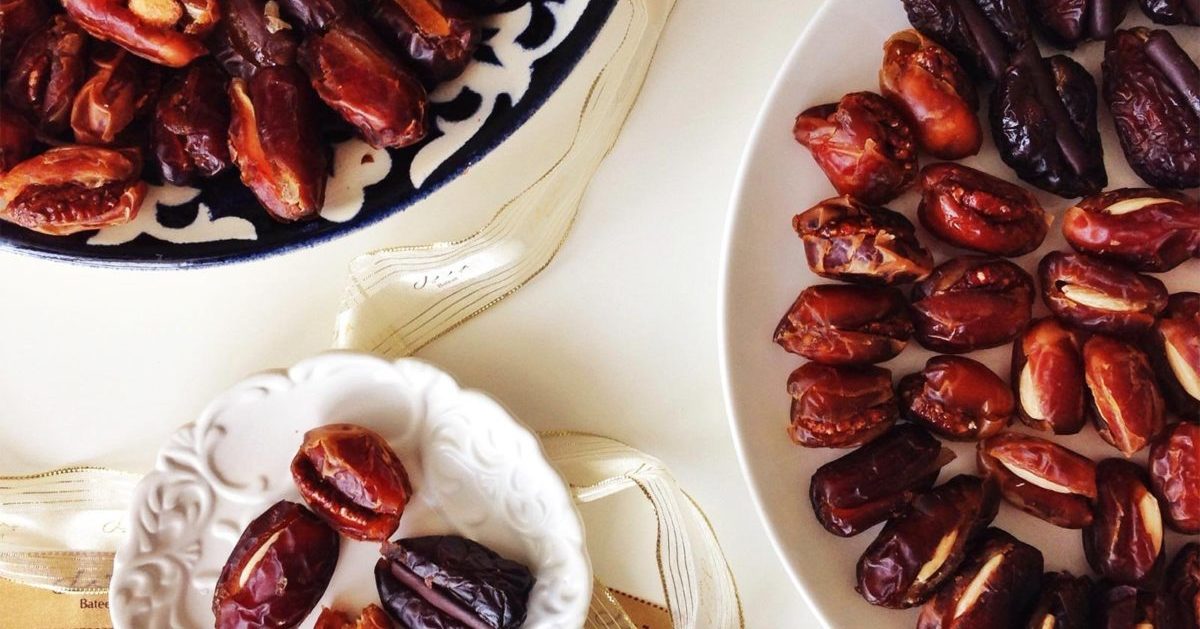 Dates - the benefits and harm to the body, how much you need to eat, properties and calorie content
Dates - the benefits and harm to the body, how much you need to eat, properties and calorie content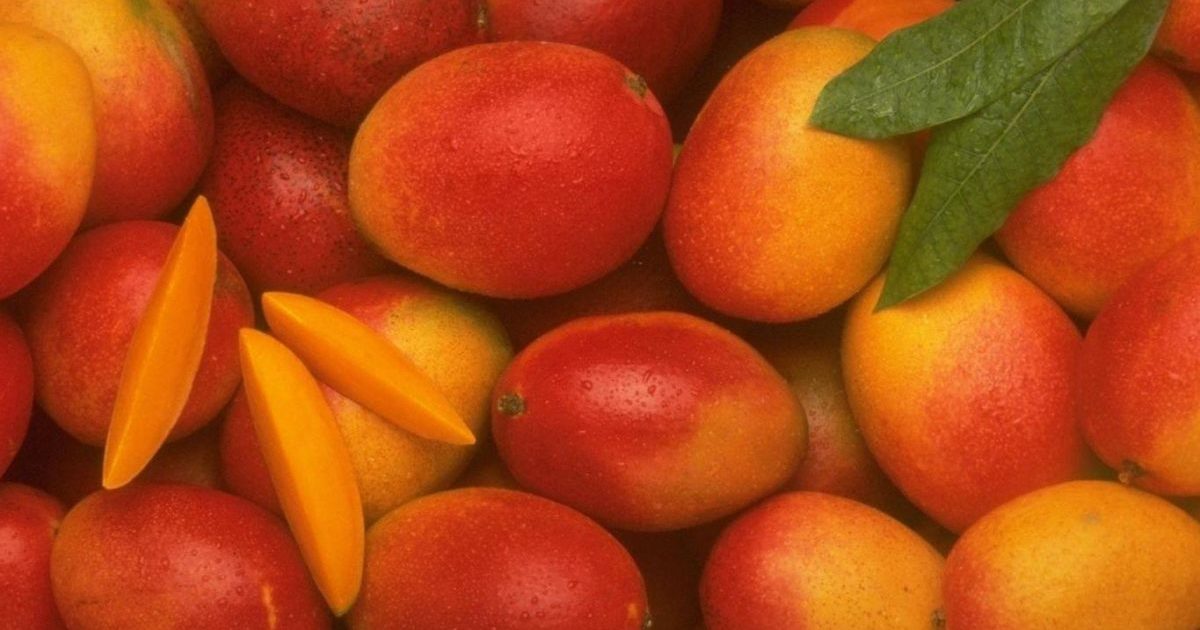 The benefits and harms of mango for the body of women and men - how to eat it?
The benefits and harms of mango for the body of women and men - how to eat it?